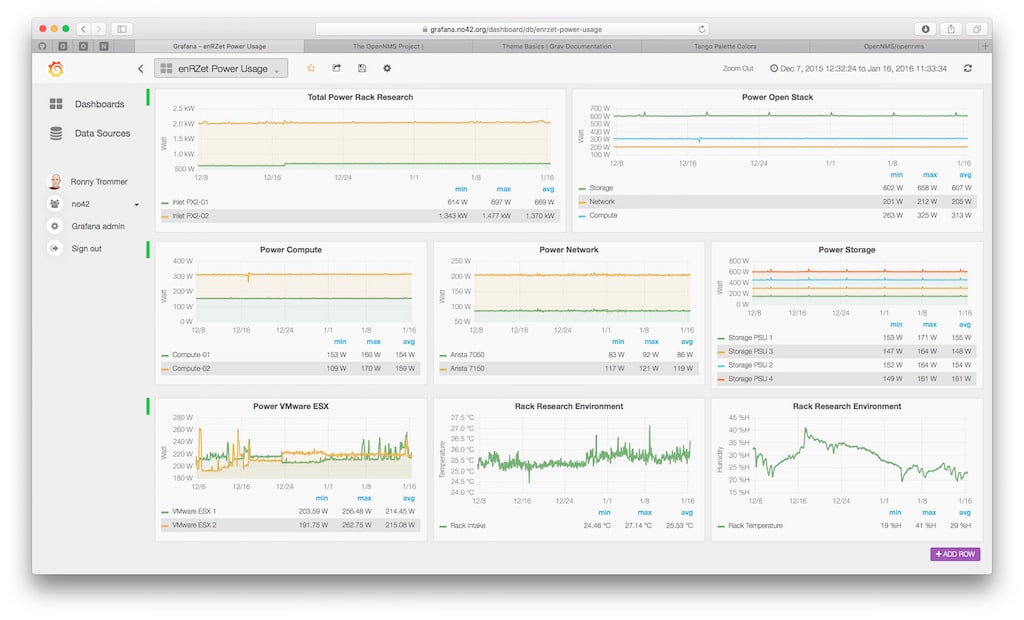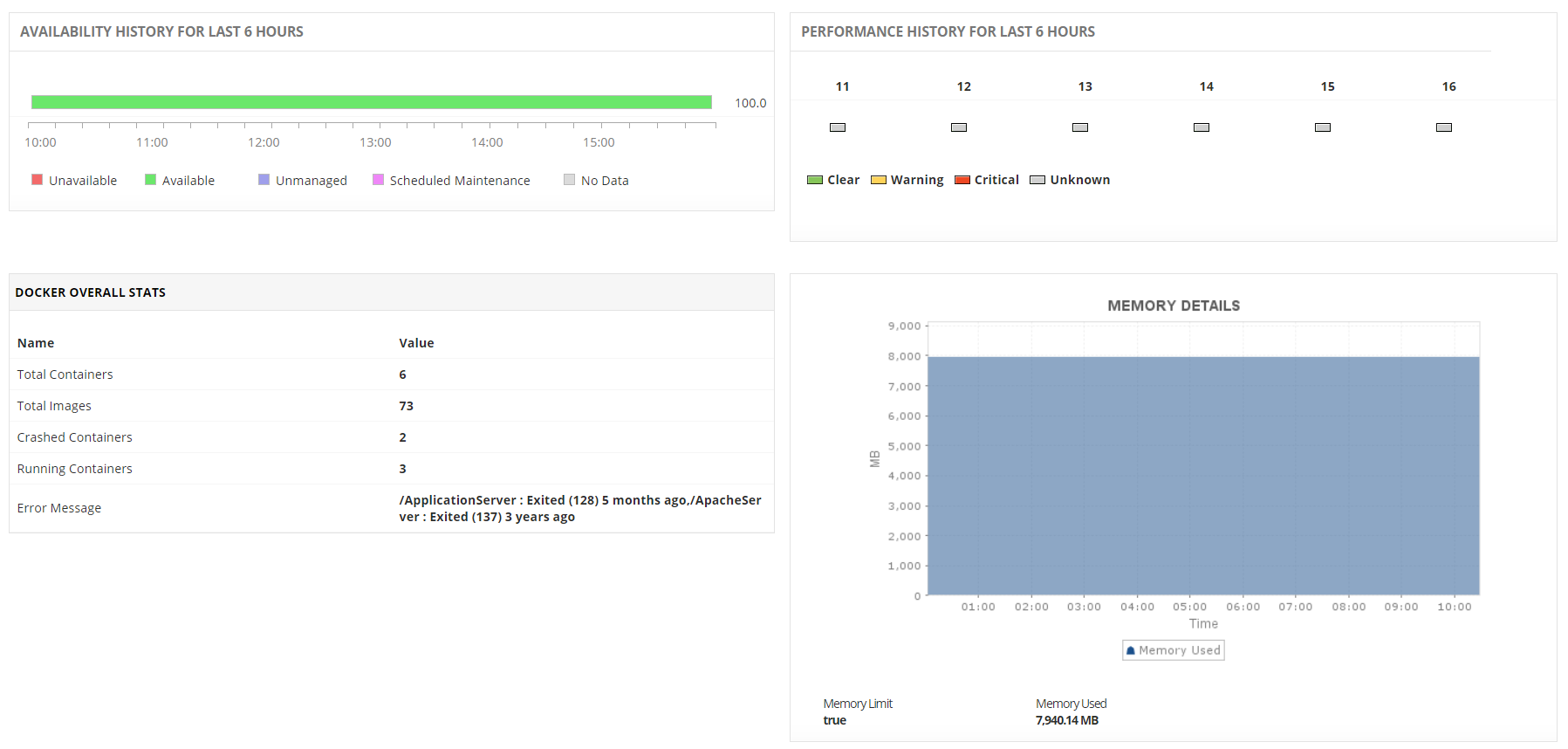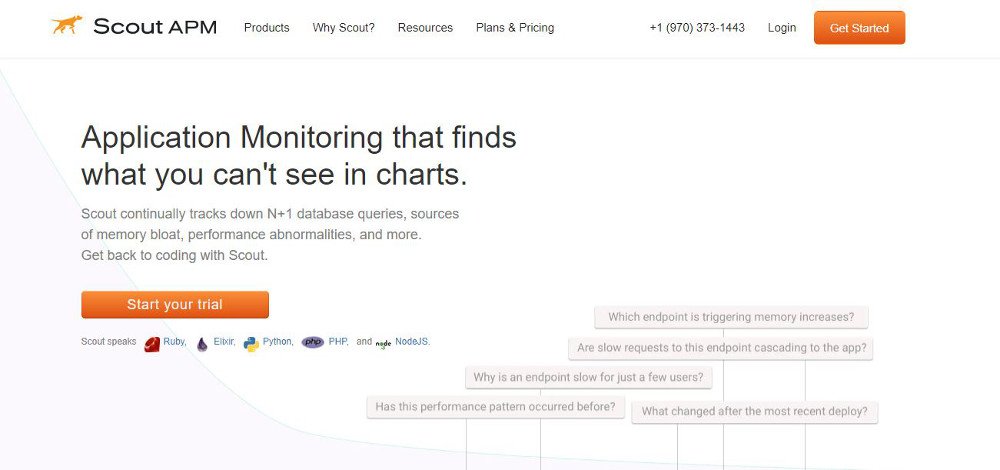



(Video 1h40, recorded 2019 - Christchurch, New Zealand) by Alex Clews. Docker for novices An introduction to Docker for developers and testers who have never used it.Docker for beginners: A tutorial for beginners who need to learn the basics of Docker-from "Hello world!" to basic interactions with containers, with simple explanations of the underlying concepts.Docker Documentation: the official documentation.
#Docker network monitoring tools how to#
Teaches how to use Docker and deploy dockerized apps on AWS with Elastic Beanstalk and Elastic Container Service. Docker Curriculum: A comprehensive tutorial for getting started with Docker.Bootstrapping Microservices by Ashley Davis - A practical and project-based guide to building applications with microservices, starts by building a Docker image for a single microservice and publishing it to a private container registry, finishes by deploying a complete microservices application to a production Kubernetes cluster.Benefits of using Docker for development and delivery, with a practical roadmap for adoption.As a result, IT can ship faster and run the same app, unchanged, on laptops, data center VMs, and any cloud. Consisting of Docker Engine, a portable, lightweight runtime and packaging tool, and Docker Hub, a cloud service for sharing applications and automating workflows, Docker enables apps to be quickly assembled from components and eliminates the friction between development, QA, and production environments. The goal of this repo is to index open-source projects, not to advertise for profit.Īll the links are monitored and tested with a home baked Node.js script Contentsĭocker is an open platform for developers and sysadmins to build, ship, and run distributed applications. It is a list of links to projects and is maintained by volunteers. This page is not an official Docker product in any way. The creators and maintainers of this list do not receive any form of payment to accept a change made by any contributor. If you see a link here that is not (any longer) a good fit, you can fix it by submitting a pull request to improve this file. Please, help organize these resources so that they are easy to find and understand for newcomers. Here is a great video tutorial to learn how to contribute on Github. If this list is not complete, you can contribute to make it so. Just click README.md to submit a pull request. It contains a lot of tips and guidelines to help keep things organized. If you would like to contribute, please read CONTRIBUTING.md first. TX errors 0 dropped 0 overruns 0 carrier 0 collisions 0Īll Docker installations have this network.A curated list of Docker resources and projects If you use ifconfig command, you will also notice that this network interface is called "docker0": We can see it by typing docker network ls: Standalone Docker Networking Default Bridge NetworkĪfter a fresh Docker installation, you can find a default bridge network up and running. We also have resources on Kubernetes Networking and monitoring Docker containers with cAdvisor, for some great further reading. This article is the second part of a series. We will see different types of networking, and finally, we will understand how to extend Docker networking using plugins. We are also going to study containers networking. In this tutorial, we are going to understand the different types of container networking. This depends on the use case and/or the adopted technologies. The user can use Docker containers with the default network, the host network, or other types of more advanced networks like overlays. Docker can be used in various use cases: the standalone mode, using Docker Compose, in a single host, or by deploying containers and connecting Docker engines across multiple hosts.


 0 kommentar(er)
0 kommentar(er)
